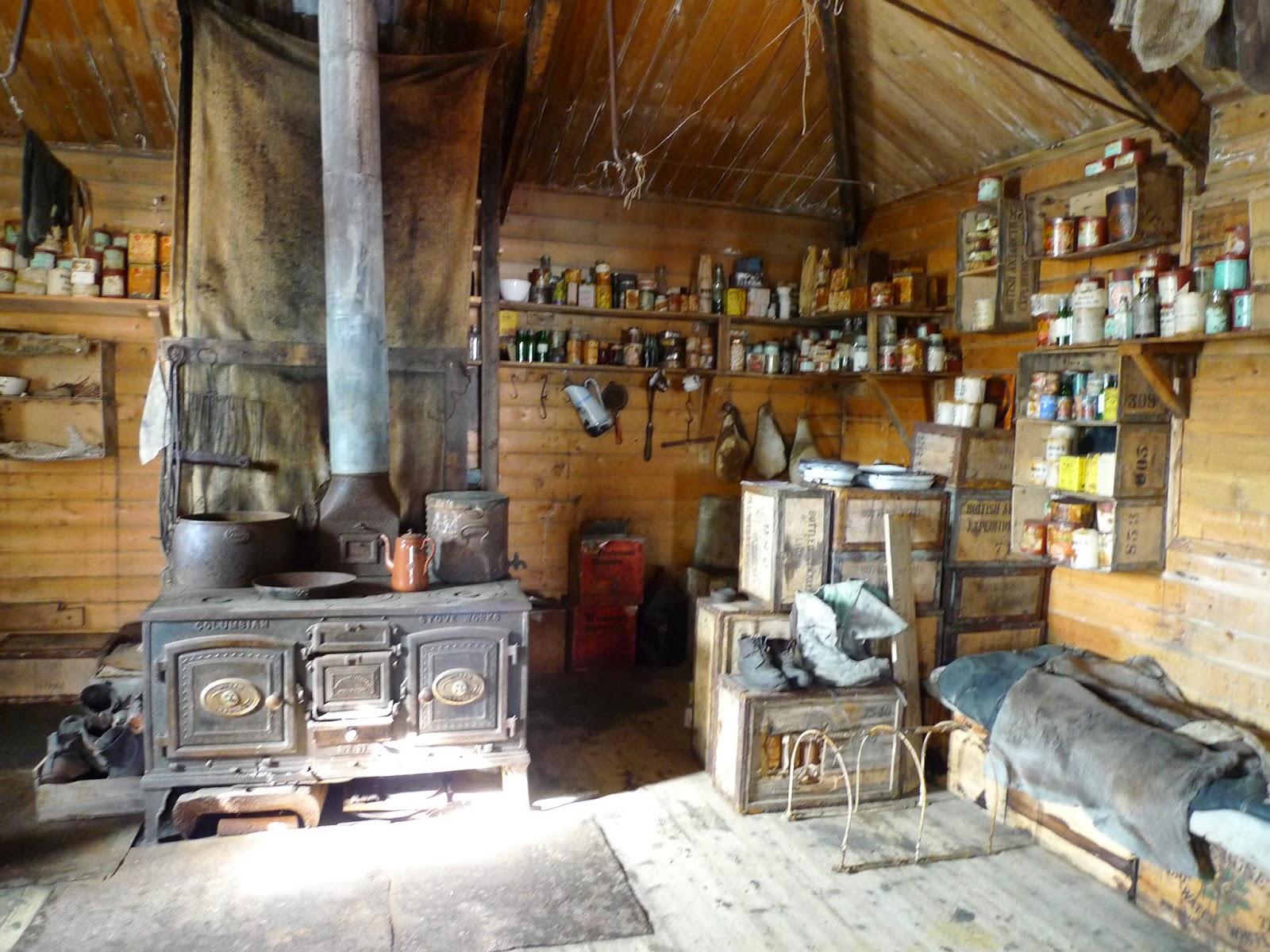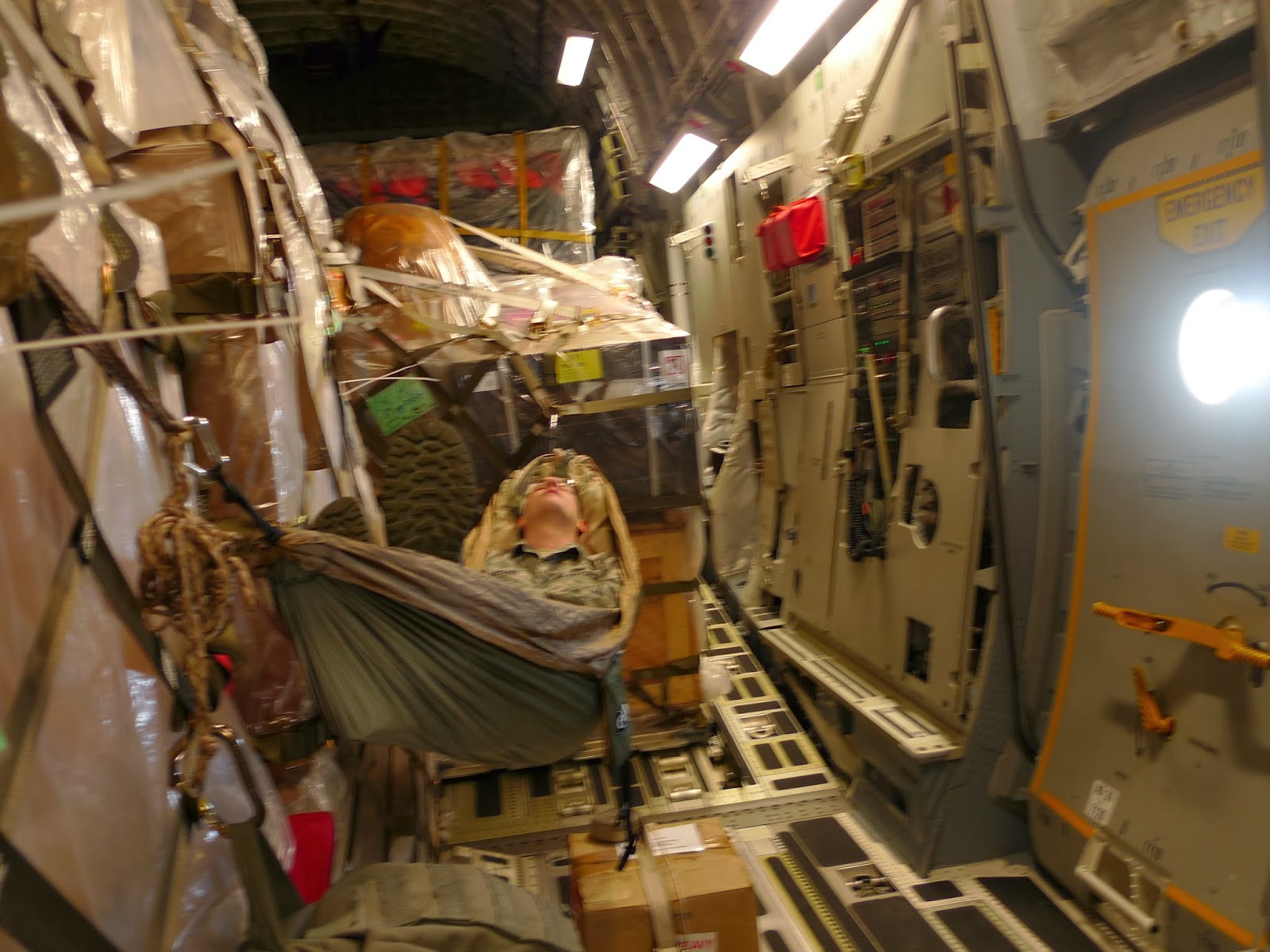This morning we visited our neighbor on Ross Island, New Zealand's Scott Base. The view along the drive was fascinating. Part of sea ice surface was wavy - like ocean waves at the beach, while other areas are hummocky. These are pressure ridges created as the ice is pushed against the shore or against other ice.
 |
| Pressure ridges in the sea ice. Notice the fuel line (lower right of the image) supplying fuel to the planes on the Sea Ice Runway (not visible in this image). |
Scott Base is named after Captain Robert Falcon Scott who led two expeditions to Ross Island in 1901-04 and 1910-13. Captain Scott's team arrived at the South Pole in 1912 - they were not the first to get there. The Norwegian team led by Roald Amundsen had gotten to the South Pole first.
Scott Base was set up by Sir Edmund Hillary during 1957-1958, the International Geophysical Year (IGY). IGY followed from the International Polar Years 1882-1883 and 1932-1933. During IGY, research broadened from astronomical studies to include geophysics. US's Amundsen-Scott South Pole Station, England's Halley Research Station, Japan's Showa Station were set up in Antarctica during IGY as well. (Mauna Loa Observatory on Hawaii and other stations were set up during IGY as well). World Data Centers were set up for the first time during IGY - to archive all the observations and to make them available for everyone to analyze. More recently we had the International Polar Year 2007-2008. Scientific research is greatly enhanced during these years, as scientific expeditions and research programs are coordinated among nations, and the data are shared.
All buildings at Scott Base are painted "Chelsea cucumber green".
This afternoon, we left on the LC17 jet (5 hours ride) back to Christchurch, and onto home tomorrow. The plane was less crowded than the one that brought us to McMurdo.
It has been a most memorable week. I came away totally in awe of Antarctica; of the scientists who work to understand the geology, the atmosphere, the ocean, the ice, and the biology of Antarctica; and of the men and women who make the science happen in such a far-away and challenging environment.






















